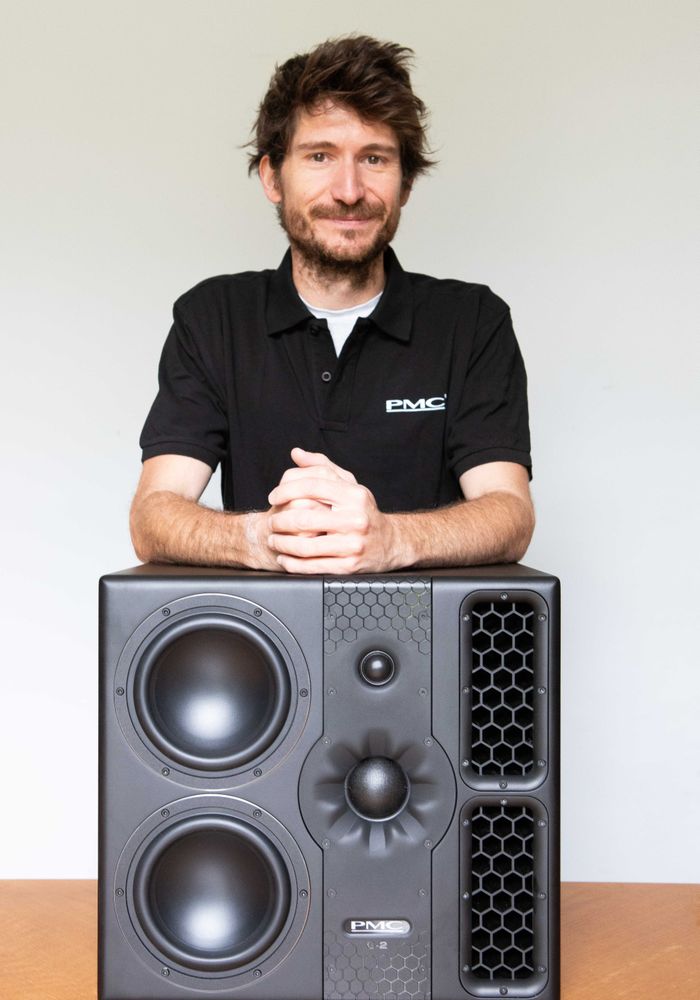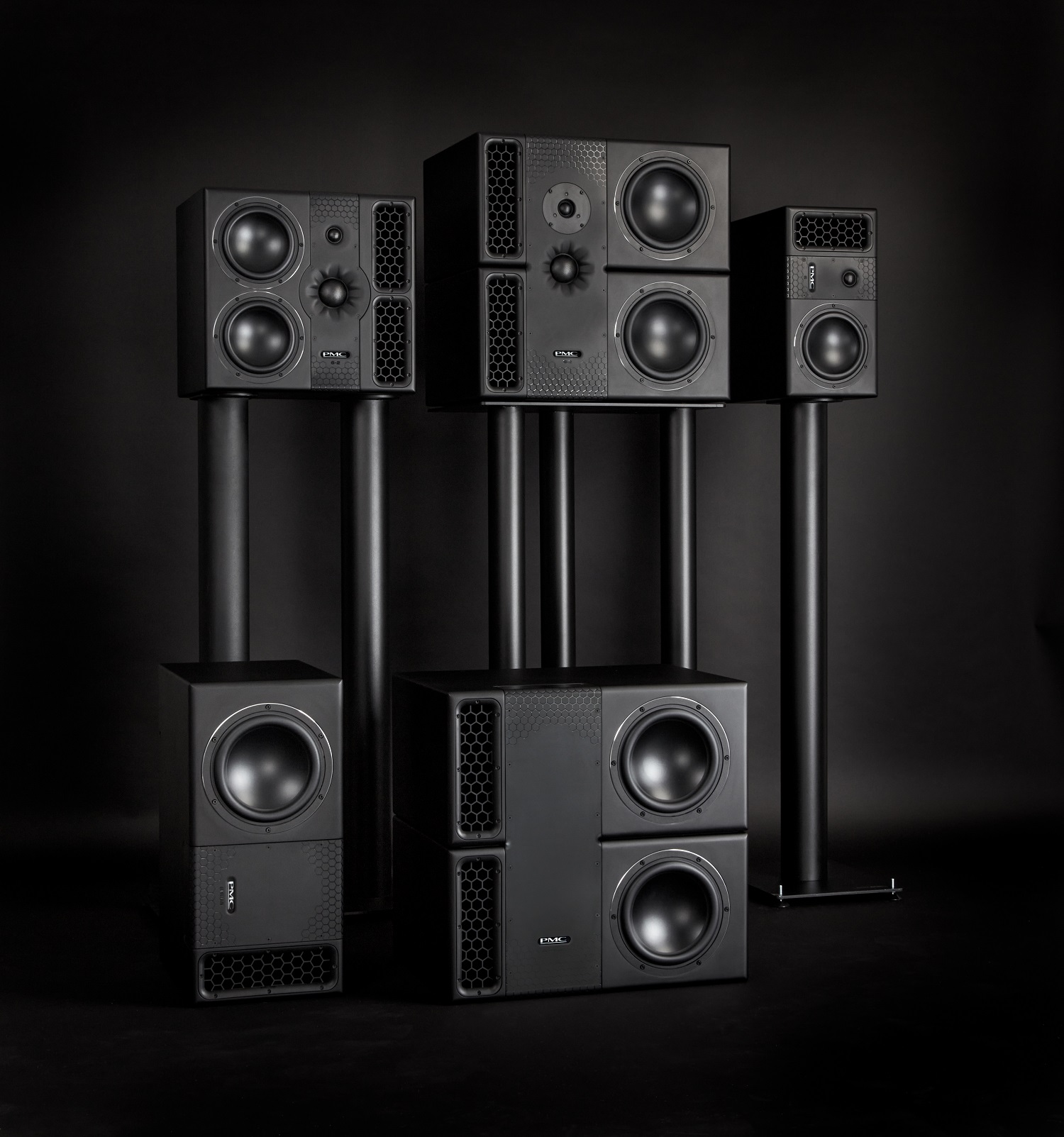Oliver Thomas, commercial director at PMC Speakers, has spoken to Headliner about the company’s brand new monitor line, the state of the studio market and the opportunities and challenges facing the pro audio business.
Last month, the UK manufacturer revealed a new line of compact, near and midfield monitors designed for audio professionals working across a wide range of applications, from stereo to large-scale immersive formats. Having been in development for five years, the new PMC6, PMC6-2, and PMC8-2, along with their associated subwoofers, the PMC8 SUB and PMC8-2 SUB, replaced the company’s existing twotwo Series, have the same sound signature as PMC’s main monitor products. These main monitors include the revered QB1, BB6, MB3 and IB2 models.
Built from the ground up to ensure that the new products deliver the highest possible resolution with the lowest possible colouration, PMC has incorporated all-new drivers, DSP and Class-D amplifiers, as well as notable improvements to the company’s proprietary ATL bass-loading and Laminair air flow technologies.
Here, Thomas opens up on what the new range means for the company and the new markets it could potentially open up.
The new monitors have been in development for five years. What can you tell us about the R&D process for the range?
We had various technological advancements that we wanted to apply to this next generation of PMC Studio products, which started the product development journey. We took time to carefully assess what our customers wanted in terms of features and functionality and set about designing a range of products to this specification. Midway through the process the pandemic happened creating a number of development challenges such as component shortages. The R&D team worked hard to overcome this and through perseverance brought this fantastic range to market.
What was the company’s ambition for this range when it was first conceived?
We wanted to give our customers a greater range of products, with the latest technologies and vast functionality so that they could work faster and more accurately. We now have a complete and versatile range of studio speakers to fit the small home studio all the way through compact and medium sized mix rooms, to large control rooms, all with the same PMC sonic signature.
How does the range differ from the company’s previous high end monitor ranges?
Our new studio speakers fit more closely with the design and philosophy of the larger monitors, in a compact size for smaller working environments. New to this generation of products is the SoundAlign software, which allows control and configuration of the speakers via a web browser for ease of use and the ability to optimise to your room. Alongside this a newer development of our ATL technology, including laminair vents, gives better low frequency performance than ever achieved previously.
What markets will you be targeting with this range?
There is a speaker in this range to suit every application, from composing and recording through to mixing and mastering. PMC’s lead position in the immersive audio market is also reflected in this range as our new monitors are ideal for artists, producers, engineers and post production facilities where there is a desire to mix music in Dolby Atmos. This also includes high profile corporate clients such as Netflix and Apple, who have already installed Dolby Atmos systems built around PMC monitoring. Our new nearfield monitors are ideal for facilities that want a big sound in a small space - and because the range is very versatile and cost effective, it is ideal for educational facilities that are now teaching immersive audio recording and mixing techniques.




